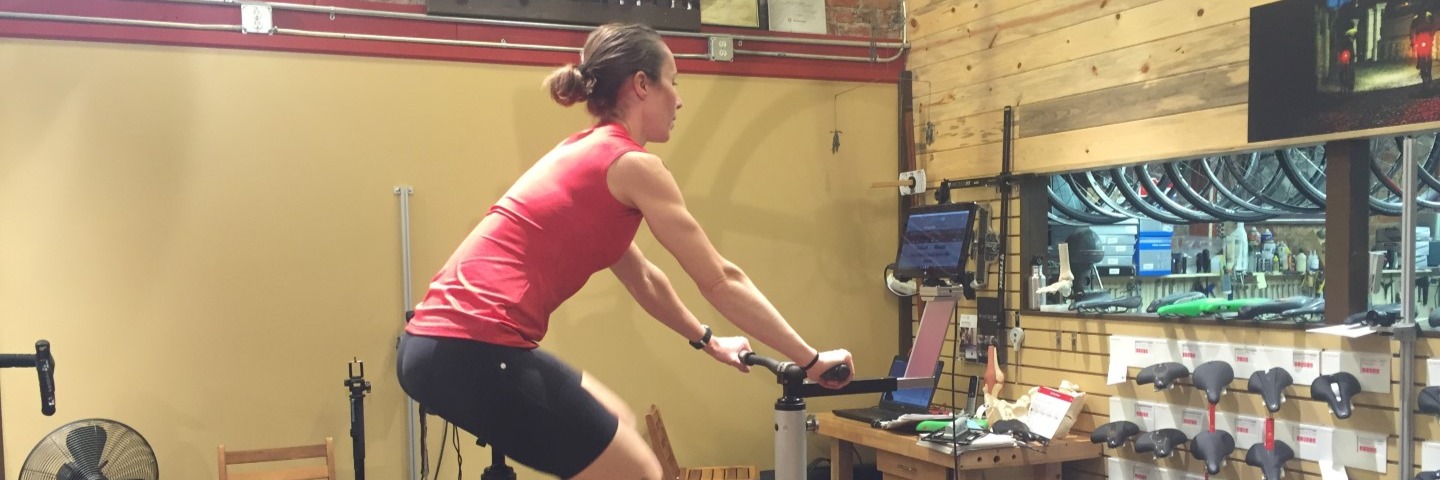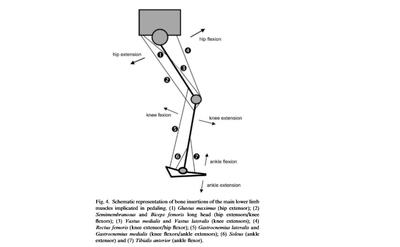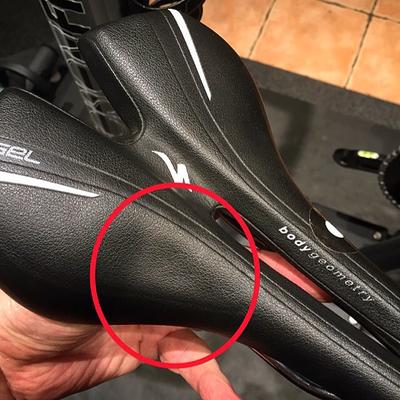
Using P.A.T to find optimum saddle and bike fit
Using saddle pressure mapping to find the optimum saddle and bicycle fit
You have five contact points on a bicycle, your hands, seat and feet. Of these the seat is the most complex and it supports the most critical piece on the body from which motion is transferred both up and down the kinetic chain, the Pelvic structure.

image from F.hug and S.Dorel
Saddle Pressure Analysis technology allows us to accomplish two critical pieces of bicycle fit
1. Determine the saddle shape that supports the individual’s unique pelvic shape.
2. Provide a stable platform for the pelvic structure to sit on.
So our first goal is to use the data we receive from P.A.T to match the clients pelvic structure taking in to account whatever physical asymmetries exist, injuries or damage, muscle imbalances, flexibility, tissue shape and composition, type of riding and positioning to the saddle shape with provides the optimum support and comfort for the client.
The second goal is tied to the first which is to support the pelvic structure on the saddle, it is impossible to get a good bicycle fit on a rider with an unstable pelvis, instability can cause pain, discomfort or unnecessary fatigue from the neck to the feet along with loss of power and unnecessary wear on the joints.
We can also see the effects of injuries, body asymmetries and muscle imbalances in over 30 other areas of the body while using P.A.T this is one reason we do the extensive function tests and screens in our Level 1 & 2 Precision fits.
Here is an example from a client who was inadvertently using their pelvic structure to try to beat the saddle in to a better fit ( we have better solutions ;-)

